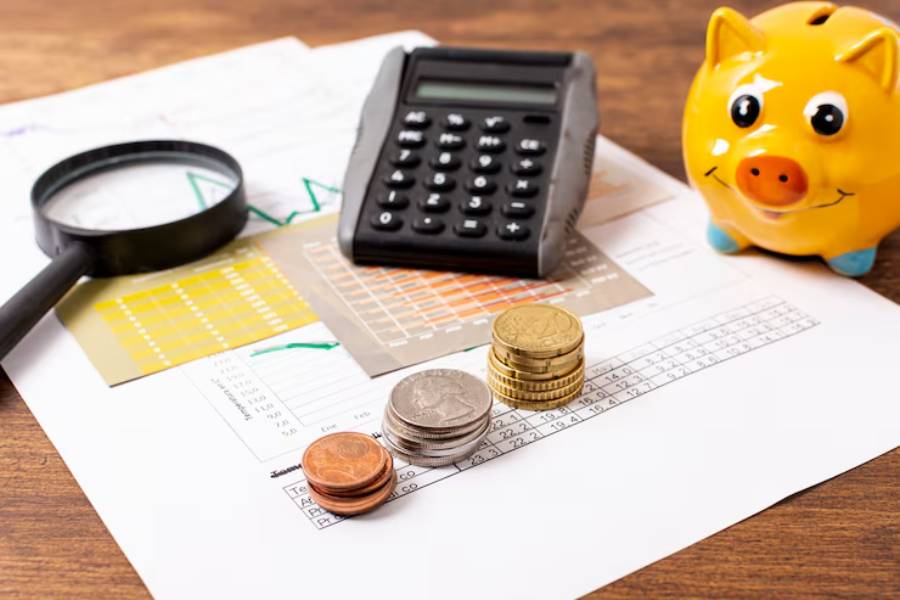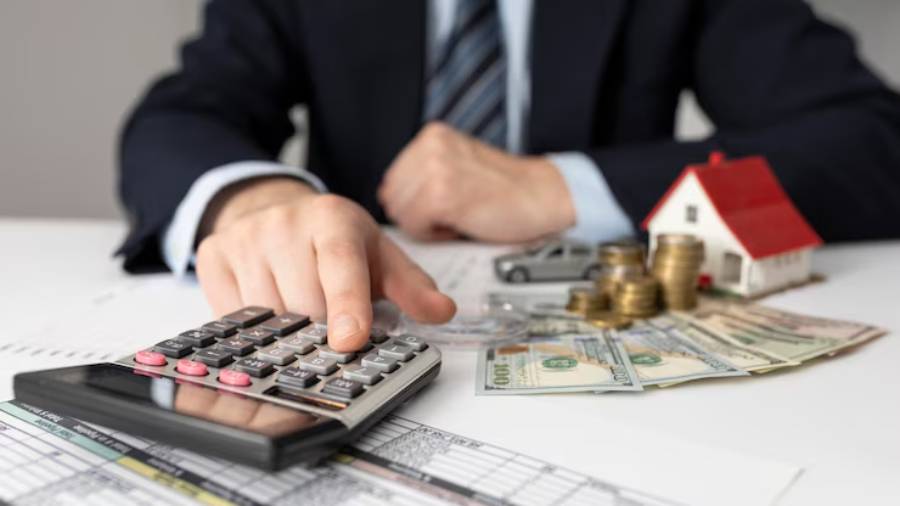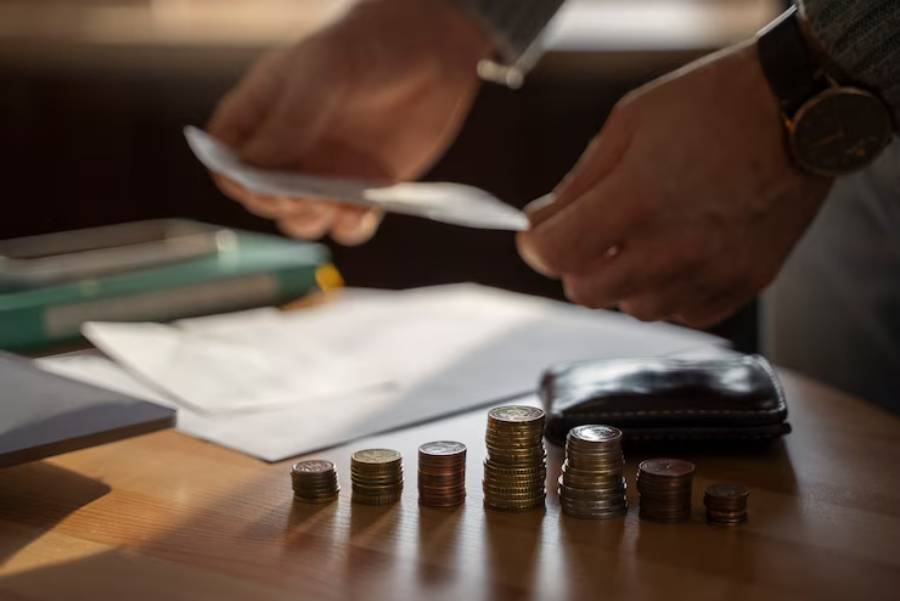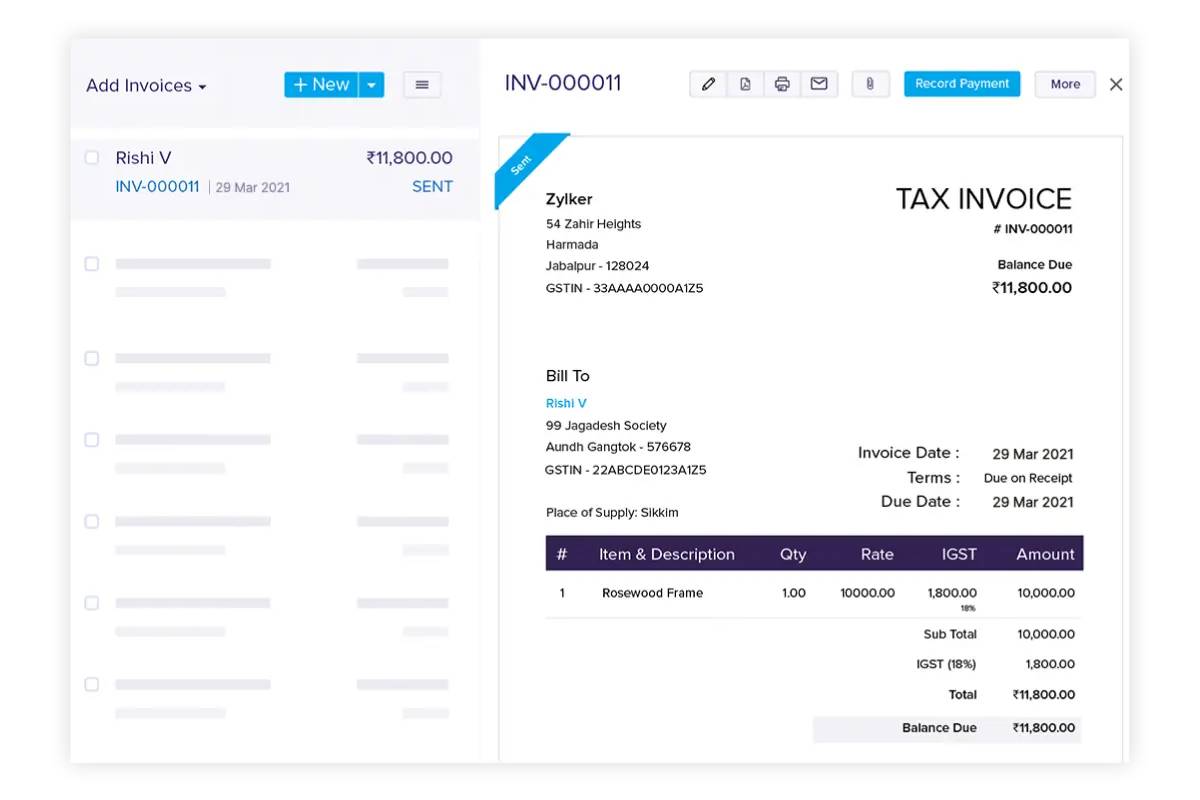
Building an Emergency Fund for Tax Bills: Your Financial Safety Net
Ever had that sinking feeling when your tax bill lands and you realise your bank balance isn’t ready for it? You’re not alone. Whether you’re a freelancer, sole trader, or small business owner, the unpredictable nature of self-employment often comes with a financial rollercoaster — and the taxman doesn’t wait for you to catch your breath.
That’s where emergency savings come into play. They’re not just for broken boilers or car repairs — they’re also a powerful tool in tax planning, giving you a buffer when those HMRC deadlines roll around.
In this guide, we’ll walk through exactly how to build a financial cushion tailored to your tax obligations. You’ll learn practical steps to create a buffer, avoid panic payments, and gain peace of mind — all while running your business or freelance career with confidence.
Why You Need a Tax Emergency Fund
1. Tax Bills Don’t Always Match Your Expectations
Unlike salaried employees, who have PAYE taking care of their taxes in real time, self-employed people often find themselves playing catch-up. A good year might leave you with a surprisingly high tax bill — and without an emergency fund, that surprise becomes a stressor.
2. Payment Deadlines Are Fixed — Whether You’re Ready or Not
- January 31: Your Self-Assessment tax bill and the first payment on account for the next year.
- July 31: The second payment on account.
Miss them, and you’re hit with penalties and interest. An emergency fund ensures you’re ready, even if clients are late paying or you’ve had a lean month.
3. Peace of Mind in a Volatile World
The financial unpredictability of self-employment means you’re constantly balancing highs and lows. An emergency fund isn’t just about tax — it’s about mental space, control, and reducing money anxiety.
How Much Should You Save for Tax?

There’s no one-size-fits-all, but a common rule of thumb is to set aside 25–30% of every payment you receive for taxes.
Here’s why:
- 20% covers basic Income Tax
- 9% accounts for Class 4 National Insurance
- Higher earners may also owe Class 2 NI and higher-rate tax
If you’re VAT registered, that’s a separate calculation — but you should ideally ringfence VAT receipts too.
Quick example:
If you earn £3,000 in a month:
- Put £750 to £900 in your tax savings pot.
- Treat it as money that was never yours to spend.
Doing this regularly means that when the tax bill arrives, you’ve already paid it in practice, even if not yet in cash.
Where Should You Keep Your Tax Emergency Fund?
This matters more than people think.
You want your money:
- Easy to access (but not too easy!)
- Safe
- Earning some interest, if possible
Top options:
- High-interest, easy-access savings account
- Ideal for keeping tax savings separate from your daily cash.
- Look for accounts offering over 4% AER.
- Business savings account
- Many high street banks now offer easy-to-open accounts for sole traders and limited companies.
- Dedicated tax pot in your banking app
- Digital banks like Monzo, Starling, and Tide let you create “spaces” or “pots” — great for discipline.
Avoid:
- Investing your tax savings — too risky.
- Keeping them in your current account — too tempting.
How to Build the Fund If You’re Starting from Zero
Already behind? Don’t panic. Many freelancers and small business owners start late — what matters is taking action now.
Step-by-step plan:
- Start with a realistic target
- Aim for at least three months’ worth of tax liabilities. For many, this means around £2,000–£5,000.
- Review your income and calculate what’s possible
- Can you divert 10% of your income now and increase it later?
- Even saving £50/week adds up to £2,600 over a year.
- Automate your savings
- Set up a direct debit on payment day, so it’s not left to willpower.
- Make saving visible
- Use a separate account with a clear name: “HMRC Savings Only.”
- Celebrate milestones
- When you hit each £1,000 saved, treat yourself to a small reward, reinforcing the habit.
Linking Your Emergency Fund to a Budgeting Routine
A tax savings fund isn’t isolated — it works best as part of your broader financial setup. Here’s how to link it in:
1. Create a Monthly Income Snapshot
List:
- Total income
- VAT collected
- Business expenses
- Net profit
Then calculate how much of that needs to go into the tax pot.
2. Use a 50/30/20 Budgeting Model (Adapted for Freelancers)
- 50%: Essentials (rent, food, utilities)
- 30%: Variable (subscriptions, eating out, supplies)
- 20%: Savings — and from this, prioritise tax savings first
3. Revisit Quarterly
Every three months, review:
- How much you’ve saved
- Any changes to income or expenses
- Your tax estimate for the year
Being proactive beats scrambling later.
Dealing with Shortfalls or Unexpected Tax Bills
Despite your best efforts, things happen. Clients delay payments. You forget about that one big job in April. HMRC adjusts something, and you owe more.
What can you do?
- Contact HMRC early
- You may qualify for a Time to Pay arrangement — spreading your bill over 6–12 months.
- Use part of your emergency fund
- That’s what it’s there for. Avoid credit cards or payday loans at all costs.
- Rebuild strategically
- After paying, return to saving mode as soon as possible. A shortfall doesn’t mean failure — it means recalibration.
Real-World Story: How Alex Stayed Calm at Tax Time

Alex is a self-employed web developer in Bristol. In his first year, he made £45,000 — and had no idea how much to save. When January hit, his tax bill was nearly £10,000 — and he had about £2,500 set aside.
“I felt sick,” he says. “I’d worked all year, but had nothing to show for it because I hadn’t prepared.”
The following year, Alex set up a savings pot with Starling Bank, automated 30% of every payment, and treated the money as “not his.” Fast-forward 12 months, and he paid his tax bill in full, with cash left over to treat himself to a weekend getaway.
His advice? “Don’t wait. The earlier you start saving, the more peaceful January feels.”
Making It a Habit, Not a Hassle
Building an emergency fund for taxes doesn’t need to feel like a punishment. It’s about developing systems that protect your future you.
Here are some simple strategies that work:
- Name your fund something positive. Try “Freedom Fund” or “Future-Proof Pot.” It will shift your mindset from obligation to empowerment.
- Check in monthly. Set a 10-minute calendar reminder to review your balance and top it up if needed.
- Automate, then forge.t Remove the temptation to skip months. Let tech do the heavy lifting.
Bonus: Tools and Apps to Make It Easier
- Starling Bank – Business accounts with tax pots
- Monzo Business – Automatically sets aside tax from incoming payments
- Tide – Forecasts your tax liability based on earnings
- Emma / Snoop / Money Dashboard – Budgeting apps that track income and expenses
- HMRC app – Shows your tax account, deadlines, and estimates
Use technology to your advantage. The less manual effort needed, the more likely you’ll stick to it.
Conclusion: Your Safety Net Starts Now

If you’ve ever faced a last-minute scramble to pay your tax bill, you know how draining it can be — mentally, emotionally, and financially. But it doesn’t have to be that way.
Building an emergency fund for taxes is a simple but powerful habit. It turns uncertainty into stability, and fear into freedom. You don’t need to be earning six figures or mastering spreadsheets — you just need consistency, a bit of planning, and the willingness to prioritise your future.
Key takeaways:
- Aim to save 25–30% of each invoice or payment.
- Use a separate savings pot to remove temptation.
- Start small if you must — the habit is more important than the amount.
- Review your setup quarterly and adjust as needed.


